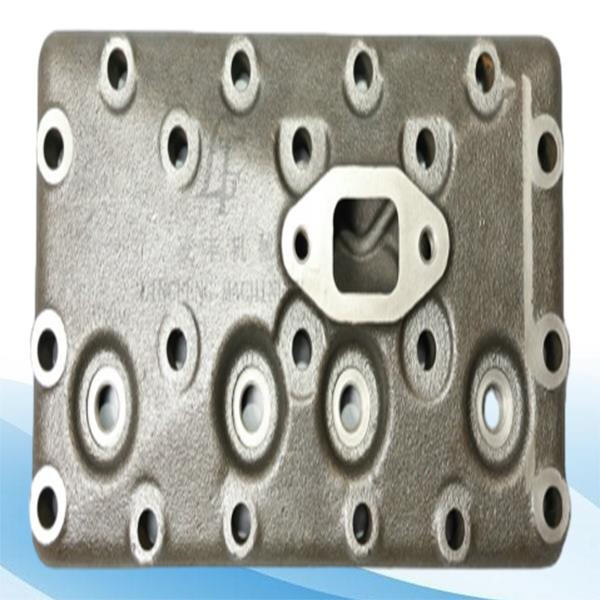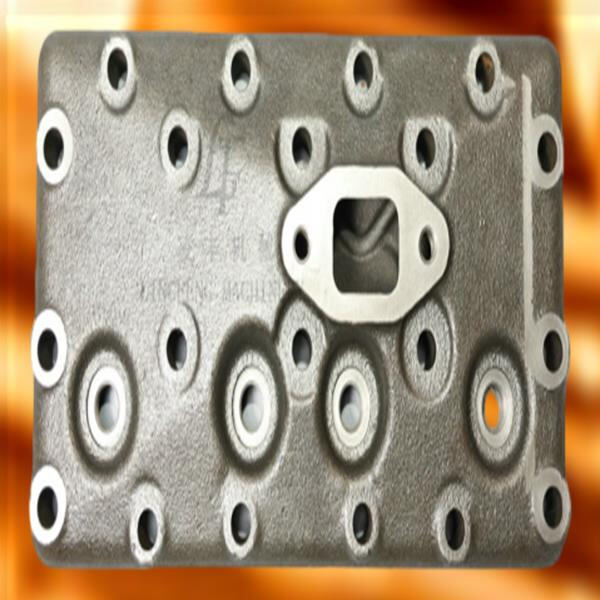Welding Nodular Iron can be tough, but with the right information and procedure, it can be welded successfully. Nodular iron is a particular type of iron that has small flecks of graphite mixed with it. This makes it stronger and more malleable than other forms of iron. How to You Need to Know about Nodular Iron You Need to Know []Learning about nodular iron is crucial to weld it properly.
Cast iron is very hard and very strong! That has made it a popular option for parts that need to endure the test of time. But its unique composition can make it difficult to weld. Nodular iron is high in carbon content, and if it is not welded correctly, it can crack. You must also consider the unique characteristics of nodular iron when welding it.
When welding ductile iron, proper welding techniques and materials is crucial. One big one is to preheat the material before you weld; start faster. It helps reduce the risk of cracking and strengthens the weld. It also depends on the right filler metal and welding settings. Post-welding, treatments such as annealing or stress-relieving can make the weld stronger.

One of the typical issues with welding nodular iron is cracking. This is due to the amount of carbon in the material, and the fact that it's prone to becoming brittle. To prevent that, you’ll need to take care by preheating the material and choosing the correct welding procedures. Another problem is pores on the weld, which can result if the welding zone is dirty. Selecting the right shielding gas can be a solution to this issue.

With nodular iron, preheating is even more crucial to prevent the nasties, and to make a strong weld. Preheating slows the cooling; that way, metal doesn't cool too quickly and crack. Post-welding treatments, such as annealing, may also make a weld stronger and more durable. And these treatments helps to reduce the stress in the material to upgrade its properties.

These are all good reasons for special welding procedures for nodular iron. One reason is that these practices contribute to the development of sound and durable welds. Preheat the material and get it set properly and you should be able to make a weld serviceable for what you need. By certain techniques problems can also be avoided such as cracks or pores, so that a good product is obtained.

